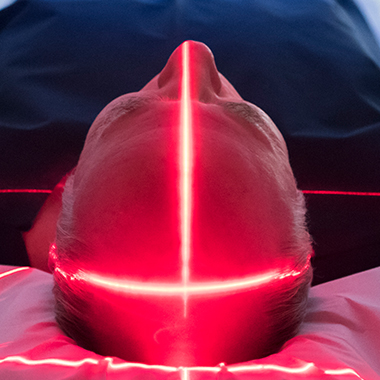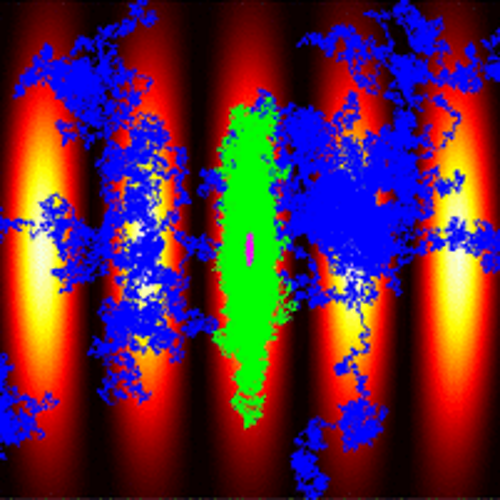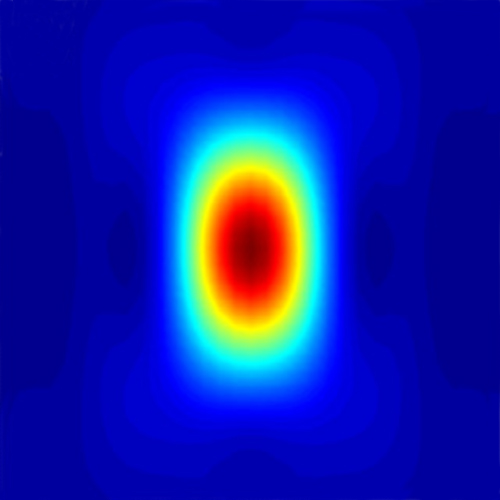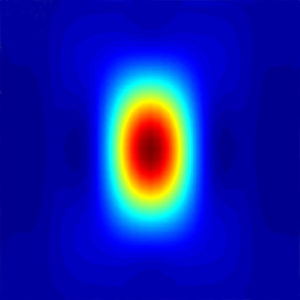The Soft Matter Lab is involved in six presentations at the OSA Biophotonic Congress: Optics in the Life Sciences 2021, topical meeting of Optical Manipulation and its Applications.
Moreover, three of the presentations were selected as finalists for the best student paper in the topical meeting of Optical Manipulation and its Applications.
You can find the details below:
12 April
- 15:00 CEST
Clustering of Janus Particles Under the Effect of Optical Forces Driven by Hydrodynamic Fluxes (AM1D.3)
Agnese Callegari, Gothenburg University
15 April
- 15:45 CEST
FORMA and BEFORE: Expanding Applications of Optical Tweezers (ATh1D.5) Finalist
Laura Pérez García, Gothenburg University
16 April
- 12:30 CEST
Dynamics of an Active Nanoparticle in an Optical Trap (AF1D.2) Finalist
Falko Schmidt, Gothenburg University
- 13:15 CEST
Gain-Assisted Plasmonic/Dielectric Nanoshells in Optical Tweezers: Non-Linear Optomechanics and Thermal Effects. (AF1D.5)
Paolo Polimeno, University of Messina
- 16:00 CEST
Machine Learning to Enhance the Calculation of Optical Forces in the Geometrical Optics Approximation (AF2D.3) Finalist
David Bronte Ciriza, CNR-IPCF, Istituto per i Processi Chimico-Fisici
- 16:15 CEST
Calibration of Force Fields Using Recurrent Neural Networks (AF2D.4)
Aykut Argun, University of Gothenburg



